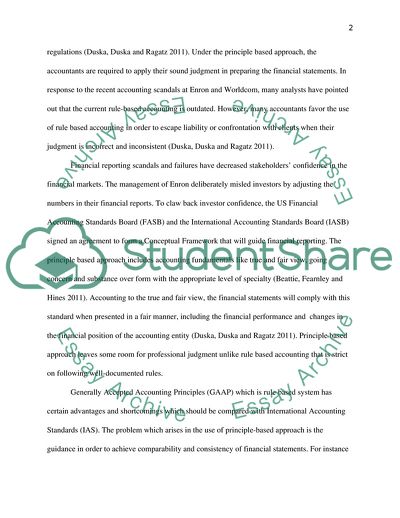Cite this document
(Risk, Regulation and Compliance Coursework Example | Topics and Well Written Essays - 1500 words, n.d.)
Risk, Regulation and Compliance Coursework Example | Topics and Well Written Essays - 1500 words. https://studentshare.org/finance-accounting/1779284-risk-regulation-and-compliance
Risk, Regulation and Compliance Coursework Example | Topics and Well Written Essays - 1500 words. https://studentshare.org/finance-accounting/1779284-risk-regulation-and-compliance
(Risk, Regulation and Compliance Coursework Example | Topics and Well Written Essays - 1500 Words)
Risk, Regulation and Compliance Coursework Example | Topics and Well Written Essays - 1500 Words. https://studentshare.org/finance-accounting/1779284-risk-regulation-and-compliance.
Risk, Regulation and Compliance Coursework Example | Topics and Well Written Essays - 1500 Words. https://studentshare.org/finance-accounting/1779284-risk-regulation-and-compliance.
“Risk, Regulation and Compliance Coursework Example | Topics and Well Written Essays - 1500 Words”. https://studentshare.org/finance-accounting/1779284-risk-regulation-and-compliance.


